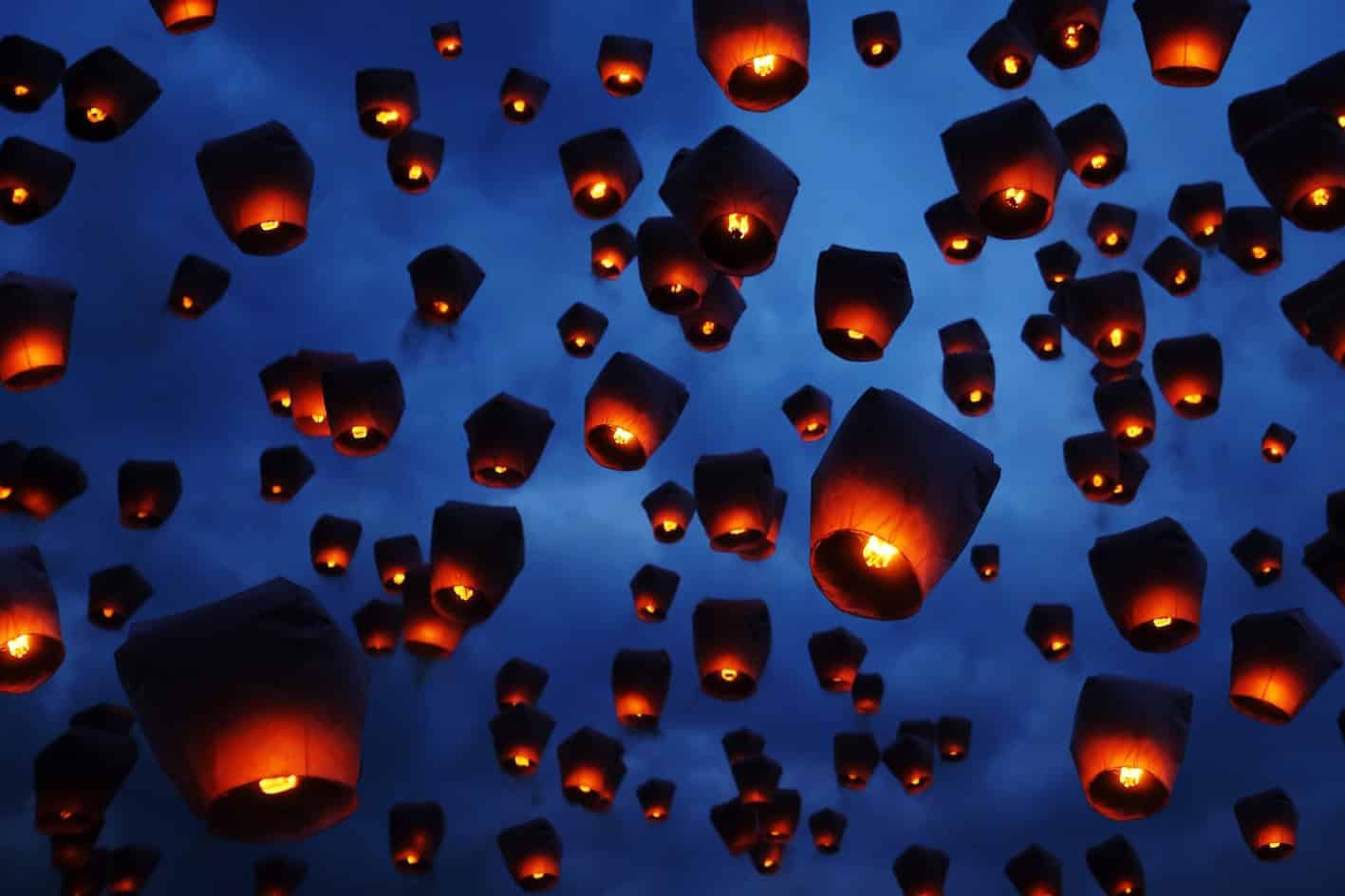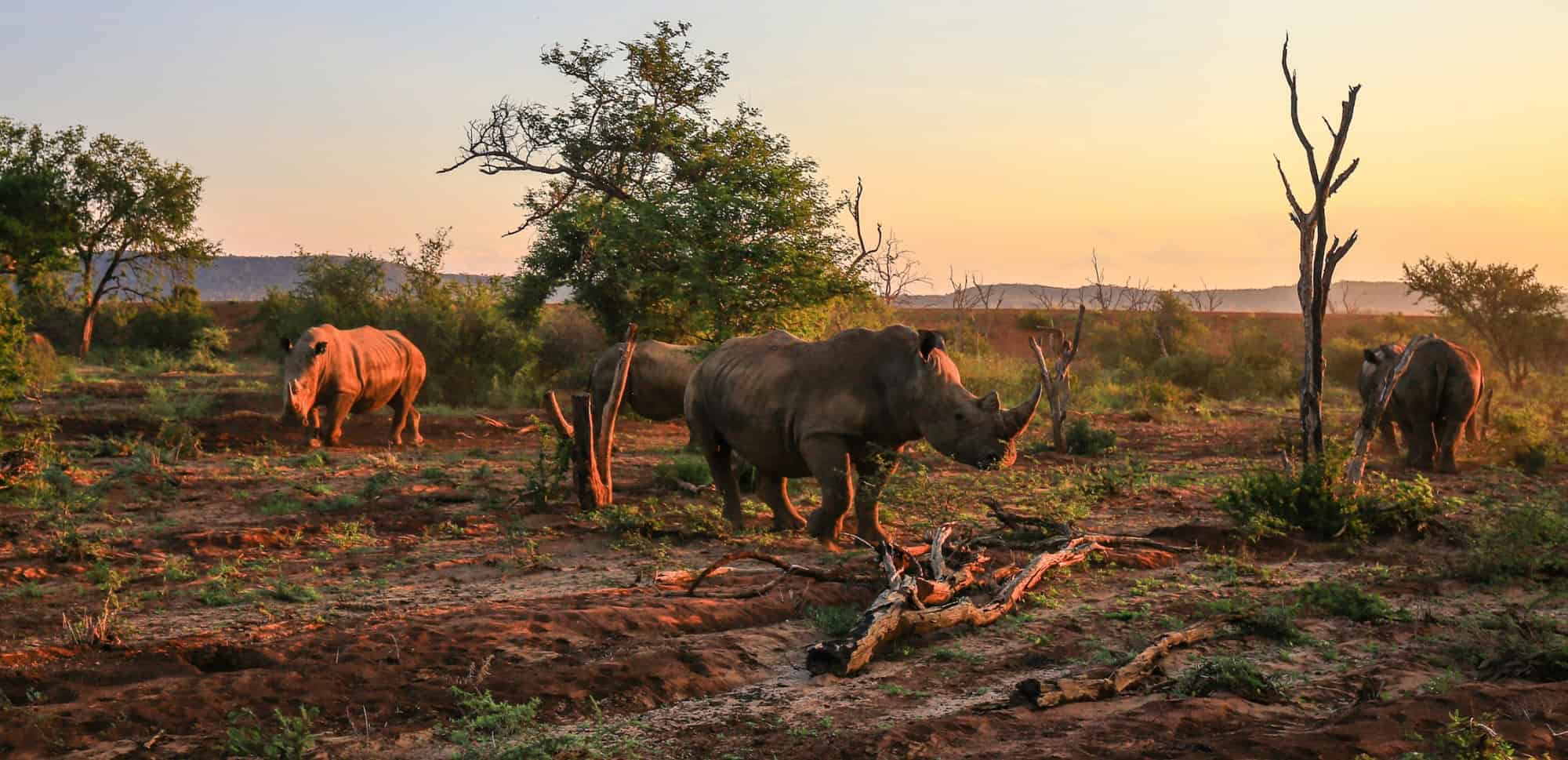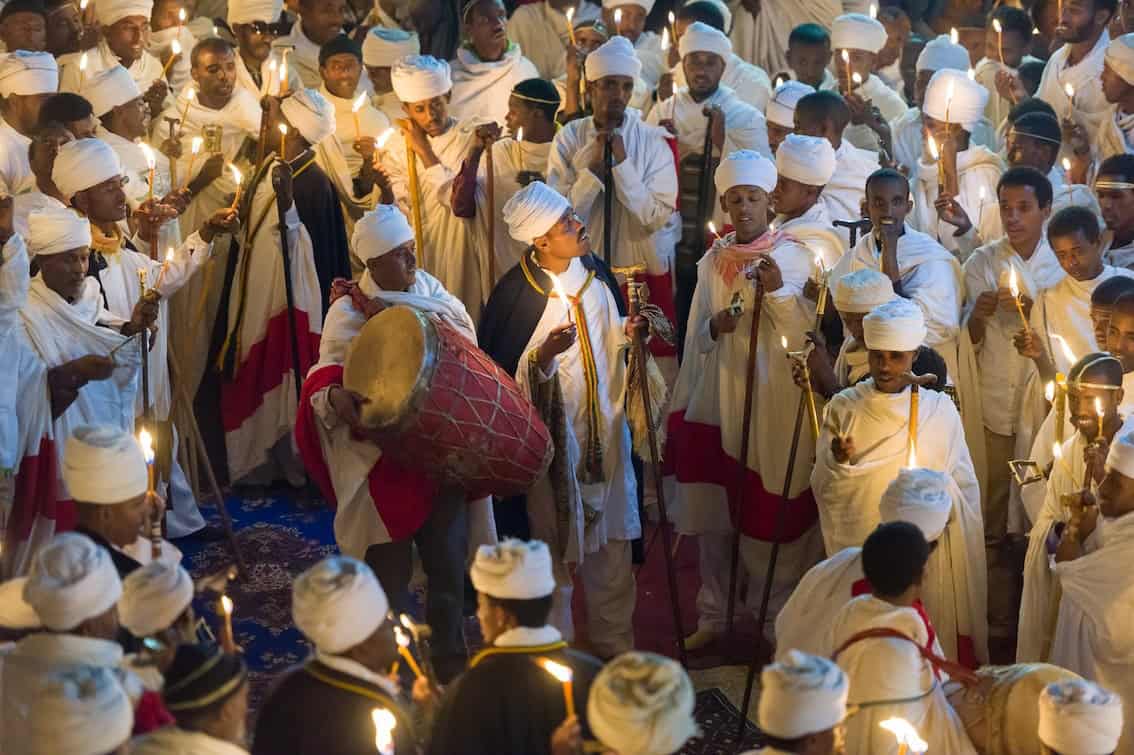Nowhere does festivals quite like Asia – from colour-spattered chaos in India to wrestling in Mongolia, waterfights in Thailand and lanterns in Taiwan. Choose from eight scintillating events across the region.

Holi, India
What is it? The Festival of Colours
When is it? Start of spring (varies annually – 21 March 2019)
Brighter even than the Festival of Light, Diwali (7 November in 2018, 27 October in 2019), is Holi – a riot of colour in the most literal sense. Celebrated at the start of spring each year, Holi is an ancient event signifying the victory of good over evil. And how would you do that? With paint, of course – a kaleidoscopic outpouring of paint, tossed, spray, hurled and daubed on everyone, everywhere on Rangwali Holi. Though originally a Hindu festival commemorating the victory of the god Vishnu’s acolyte Prahlada over the demon Hiranyakashipu, but today it’s an excuse for all to go wild with the paints across India.
Like that? Try this… Holi is also celebrated outside India in Nepal, Guyana, Suriname, Fiji and Mauritius.

Chinese New Year, Singapore
What is it? A celebration of the lunar New Year
When is it? Varies annually by lunar cycle – 5 February 2019
Perhaps unsurprisingly, given its majority ethnic Chinese population, Singapore is arguably the best place to enjoy the lunar new year festivities. In the weeks leading up to the day, beautifully decorated lanterns are strung up along the streets of Chinatown. Then, towards New Year itself, processions throng the streets, lion dances bring colour and music, and seasonal markets add extra spice to proceedings: try celebratory specialities such as pineapple tarts, spicy shrimp rolls, kueh bangkit (coconut cookies) and ‘crispy love letters’. The new year itself is welcomed in with a dramatic fireworks display at the River Hongbao.
Like that? Try this… Hong Kong also celebrates Chinese New Year with fireworks displays and lion and dragon dances.

Songkran, Thailand
What is it? Thai New Year
When is it? 13-15 April
Unlike the Chinese New Year, which is based on the lunar calendar, Thailand’s festivities are held on the same dates each year. The name Songkran means ‘change’, and originally signified the transition of the sun into Aries. Today, it’s a blend of Buddhist culture – devotees typically visit their ancestral villages and temples, offering food to monks in order to gain merit – and fun. In many areas, traditional cleansing ceremonies, using water to wash away sins and back luck, have morphed into a mass waterfight involving high-powered waterpistols.
Like that? Try this… Festivals related to Songkran are celebrated in Laos, Cambodia and Myanmar.

Naadam, Mongolia
What is it? A celebration of traditional sports
When is it? 11-13 July (in Ulaanbaatar – dates may vary elsewhere)
For centuries, three ‘manly sport’s have been valued above others in Mongolia: wrestling, archery and horse-riding. Today, the Naadam Festival – celebrated across the country but with the most pomp and ceremony in the capital, Ulaanbaatar – is a kind of Mongolian Olympics. Participants compete in long-distance horse races, archery tournaments and wrestling bouts, wearing curiously tiny shorts and waistcoats as they fight for the titles of zaan (elephant), arslan (lion) or avraga (titan). Make sure you arrive in time for the spectacular opening ceremony, with traditional parades, music and dances.
Like that? Try this… The World Nomad Games, involving sports including archery, wrestling, horse-riding and – yes – wrestling on horseback, will next take place in Turkey in 2020.

Harbin International Ice and Snow Sculpture Festival, China
What is it? An open-air exhibition of incredible ice and snow sculptures
When is it? 5 January-5 February
The world’s largest ice and snow festival takes over the chilly Chinese city of Harbin each January. Huge blocks of ice cut from the Songhua River are used to construct vast buildings, illuminated each night in a magical spectacle, while on Sun Island enormous snow sculptures wow the crowds. Skiing and ice-lantern tours are among the activities on offer to entertain visitors, but it’s the array of colossal, beautifully detailed ice sculptures that are the real draw.
Like that? Try this… Admire amazing ice sculptures at festivals in Sapporo, Japan (February); Krasnoyarsk, Russia (mid-January); Breckenridge, Colorado (late January); Valloire, France (late January); and at Ottawa’s spectacular Winterlude festival (early February).

Cherry Blossom Festival, Japan
What is it? A season of picnics and celebrations of the pink blooms
When is it? Varies across the country; usually starts mid-late-March
In Japan, cherry blossom season isn’t merely a time when blooms add a pleasant pink tinge to city parks – it’s a reason to celebrate, to gather family and friends, to picnic beneath the spreading boughs and gaze up at the short-lived glory – a tradition known as hanami that dates back to at least the 9th century. The Sakura Matsuri (Cherry Blossom Festival) is celebrated across Japan. Hirosaki, known for its castle as well as its array of cherry trees, is a hotspot; Yoshino-yama mountain in Nara prefecture is cloaked with some 30,000 trees, creating a spectacular display. Generally speaking, blossoms appear earlier in southern Japan – usually from mid-March – blooming up to a month later in the far north.
Like that? Try this… Washington, DC hosts a National Cherry Blossom Festival each year from the end of March.

Taiwan Lantern Festival
What is it? A nocturnal celebration of light
When is it? First full moon of the lunar new year (19 February 2019)
This luminous event is actually a combination of a number of longstanding festivals brought together by the tourist board – but it’s no less mesmerising for that. During the Pingxi Sky Lantern Festival, floating lights carry wishes for the new year, while at Yanshui in Tainan, a dramatic fireworks display celebrates the end of a 19th-century cholera epidemic, and in the south, enthusiastic locals throw firecrackers at the statue of Master Han Dan.
Like that? Try this… The Lantern Festival is celebrated on the 15th day of the first lunar month (Yuan) across China.

Esala Perahera, Kandy, Sri Lanka
What is it? The ‘festival of the tooth’ paying homage to a sacred relic of Buddha
When is it? July or August, depending on the lunar calendar (5-14 August 2019)
Ten days of ceremonies and processions involving drummers, jugglers, acrobats, musicians, dancers fire-breathers and extravagantly decorated elephants honour the relic believed to be a tooth of Buddha, which arrived on Sri Lanka in the fourth century. It’s a noisy, colourful affair that builds in intensity over ten increasingly frantic days and nights in this central Asian .
Like that? Try this… Bhutan’s tsechus (festivals) feature masked dancers, music and veneration of Buddhist relics – the best-known are at Punakha (late February), Paro (late March) and capital Thimphu (September).










